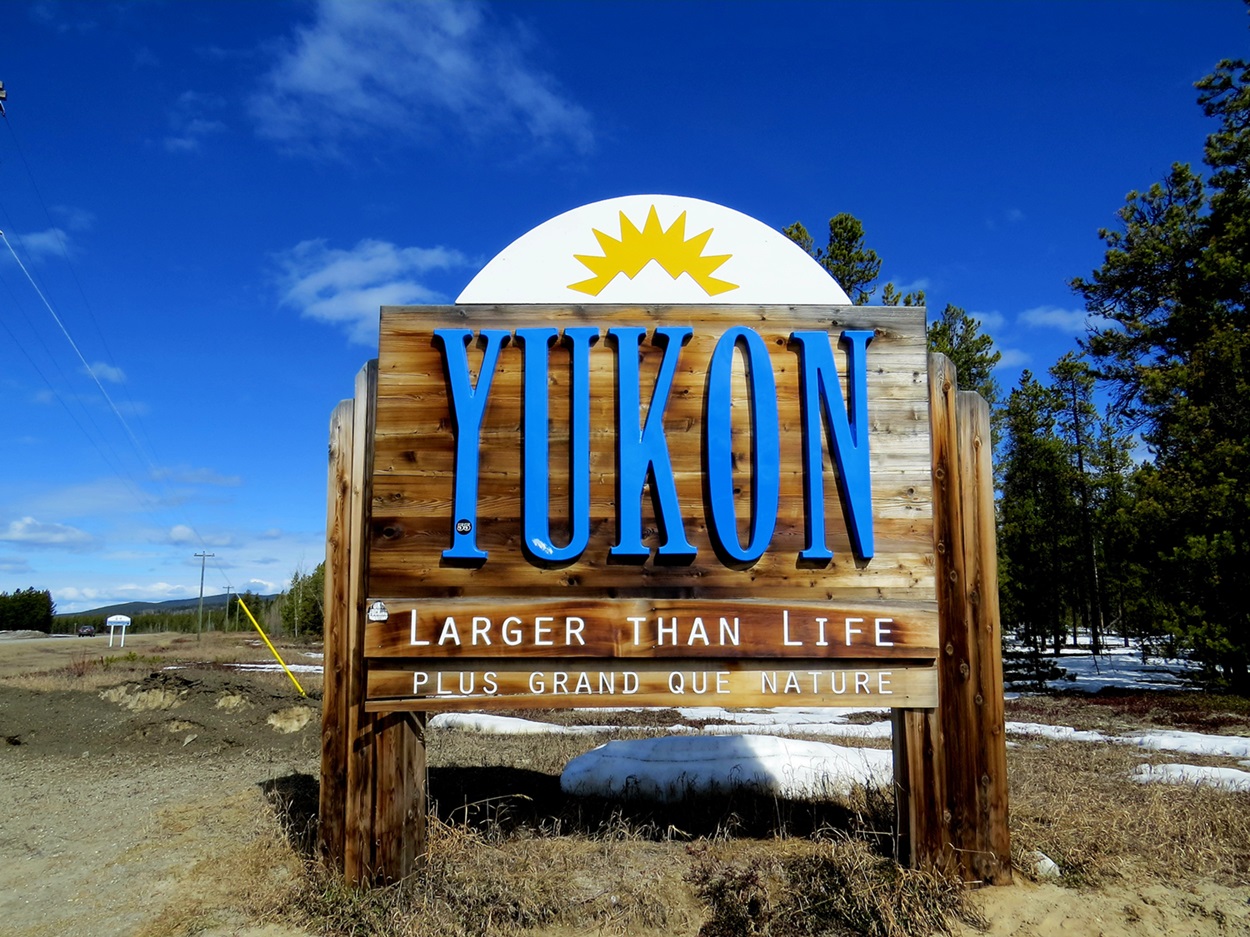Yukon entered Confederation in 1898, after a gold rush boom led Canada to create a second northern territory out of the Northwest Territories (NWT).
First People
Yukon (along with Alaska) is the oldest continually inhabited part of North America, with the first people migrating across the Bering Strait land bridge at least 10,000 years ago. The Indigenous people in Yukon today include the Nahanni, Teslin, Tutchone, Tagish, Gwich’in and, in the Arctic north, the Inuit.
Russian and British explorers toured the Pacific coast of North America in the 1740s and 1770s, connecting to Indigenous trade routes and spreading diseases like smallpox, which killed a great number of Indigenous people.
Canada Buys Rupert's Land
The Hudson’s Bay Company (HBC) sent fur traders to what is now Yukon in the 1840s. The North-West Mounted Police followed. In 1870, Canada purchased Rupert’s Land and the North-Western Territory from the HBC and brought the vast area into Confederation as a federally administered area called the North-West Territories.
Klondike Gold Rush
In 1896, American George Carmack and his family members in the Tagish First Nation, Keish and Káa Goox, discovered gold on a tributary of the Klondike River. Soon, tens of thousands of people (mostly Americans) raced north in the Klondike Gold Rush.
The United States had purchased neighbouring Alaska in 1867, and the influx of Americans to the Klondike in the 1890s created fears in Canada that the United States would take control of the area. The gold rush also greatly increased the Yukon’s population.The Canadian government sent in more North-West Mounted Police to establish control of the region.
In 1895, Canada named Yukon one of four districts within the NWT, along with Mackenzie, Franklin and Ungava. The capital of the territory was in Regina, but Yukon people sought more control over their affairs.
Yukon Act
On 13 June 1898, the Yukon Territory Act created Yukon as a separate Canadian territory and placed its capital at Dawson City. The territorial government consisted of a federally appointed commissioner and an appointed council of no more than six members. It grew into a fully elected council of 10 members in 1908.
The gold rush quickly faded in the early 1900s and many of the new settlers left Yukon. Dawson City’s busy commercial life collapsed, leaving a much-reduced near-ghost town. In 1953, the capital was moved to Whitehorse.
Evolution of Territorial Powers
First Nations people in Yukon never signed land treaties with the federal government, and the Council for Yukon First Nations has fought for land claims settlements since the 1970s. Under the 1993 Umbrella Final Agreement, First Nation groups were given more control over land use and greater governmental autonomy in areas such as language, health care, social services and education.
The federal government controlled most of the natural resources in the territory (unlike provinces, which control their own resources), but that changed beginning with the "devolution" of power to Yukon and its First Nations in the late 1990s. The governments of Canada, Yukon, the Council of Yukon First Nations, and various individual First Nations, signed the Yukon Devolution Protocol Accord in 1998 — resulting in greater self-government.
In 2003, the Yukon Act was amended so that the territory became the first to formally take control of its land and resources.

 Share on Facebook
Share on Facebook Share on X
Share on X Share by Email
Share by Email Share on Google Classroom
Share on Google Classroom









